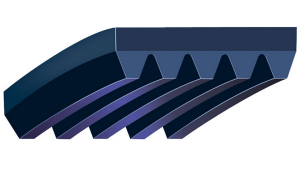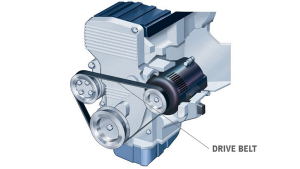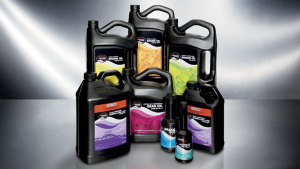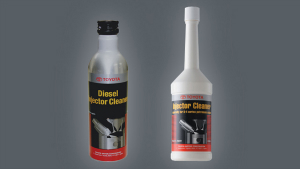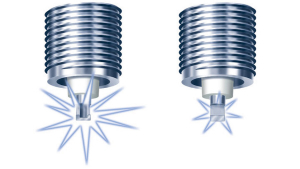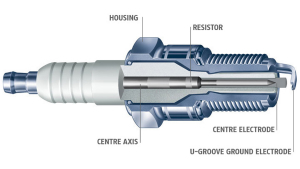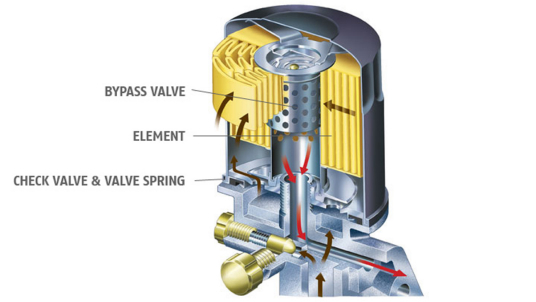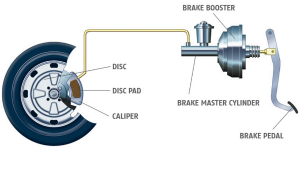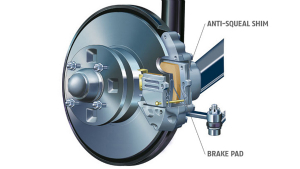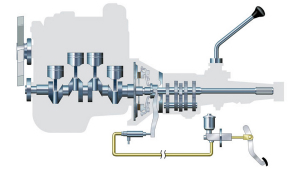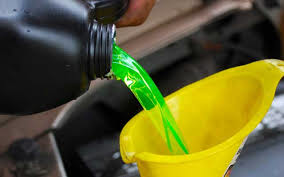Shock Absorbers
Shock Absorbers
Shock absorbers, as the name accurately implies, work with the car's suspension to absorb the affects of bumps and holes in the road. The most obvious benefit of shock absorbers is that they provide a smooth, comfortable ride over various surfaces and roads.
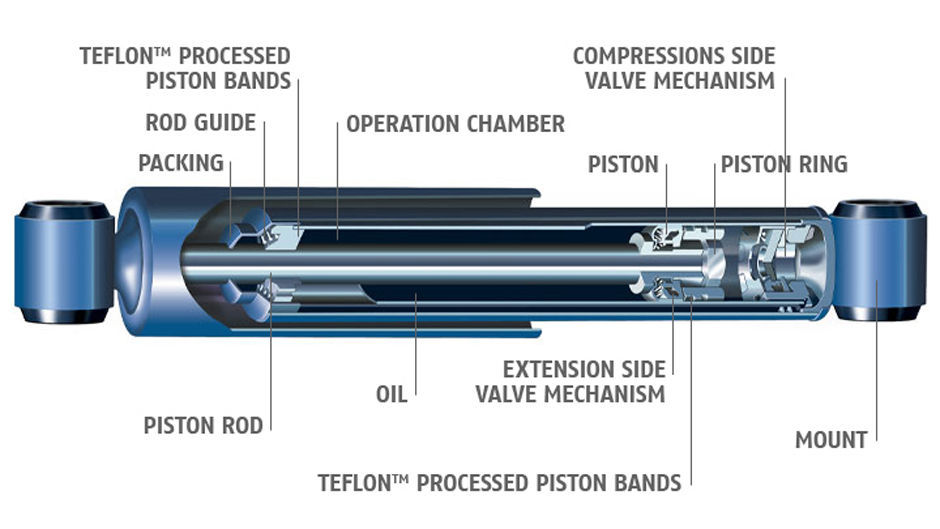
Not so obvious is the safety role they play in your car's handling and steering - particularly in maintaining steering and stability. However, for such a vitally important part of your car's safety system, there are big differences in the quality of shock absorbers.
Signs you might need new shock absorbers:
- Unresponsive steering
- Abnormally bumpy ride
Genuine Shock Absorbers
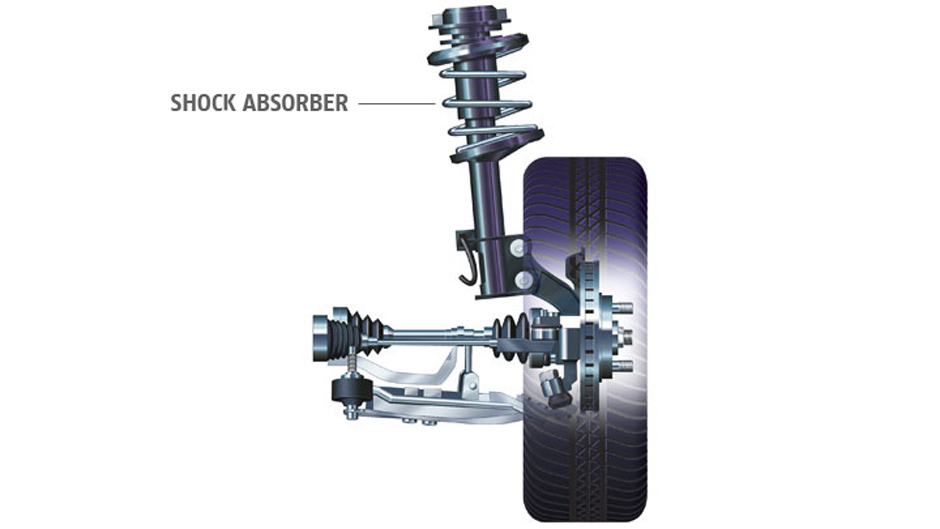
There are two main features that determine the quality of shock absorbers:
- Individual Models Shock Absorbers are specifically designed for each individual model to optimise handling performance and suspension safety. From the piston structure to the connective bushings, every Shock Absorber is designed for perfect fit. Many non-genuine shock absorbers are 'one size fits all' designs for a variety of cars regardless of individual requirements.
- High Quality Materials Shock Absorbers include Teflon? processed piston bands and piston rods which are specially coated for superior rust resistance. These long-lasting parts work smoothly to reduce noise and bumps to make driving a pleasure. Many non-genuine shock absorbers avoid using Teflon? and other protective measures, reducing longevity and performance substantially.
Shock Absorbers are designed for longevity and performance, shock absorbers will always be inspected according to the servicing schedule.

